We put the Vivo IQOO 9 Pro through our rigorous DXOMARK Display test suite to measure its performance across six criteria. In this test results, we will break down how it fared in various tests and several common use cases.
Overview
Key display specifications:
- 6.78 inches AMOLED
- Dimensions: 164.81 x 75.2 x 8.83 mm
- Resolution: 3200 x 1440 pixels, (~518 ppi density)
- Aspect ratio: 20:9
- Refresh rate: 120 Hz
 Vivo iQOO 9 Pro
Vivo iQOO 9 Pro

88
display
61
Apple iPhone 13 Pro Max
Best: Apple iPhone 13 Pro Max (76)
90
Sony Xperia 5 IV
Best: Sony Xperia 5 IV (92)
81
Samsung Galaxy S22 Ultra (Snapdragon)
Best: Samsung Galaxy S22 Ultra (Snapdragon) (91)
84
Huawei P40 Pro
Best: Huawei P40 Pro (87)
70
OnePlus 9
Best: OnePlus 9 (85)
84
Apple iPhone 13 Pro Max
Best: Apple iPhone 13 Pro Max (86)
Position in Global Ranking

31
st
1. Apple iPhone 13 Pro Max
99
6. Samsung Galaxy S22+ (Exynos)
93
6. Samsung Galaxy S22 Ultra (Snapdragon)
93
6. Samsung Galaxy S22 Ultra (Exynos)
93
11. Samsung Galaxy S22 (Snapdragon)
92
11. Samsung Galaxy S22 (Exynos)
92
13. Samsung Galaxy S21 Ultra 5G (Exynos)
91
16. Samsung Galaxy S21 FE 5G (Snapdragon)
90
16. Samsung Galaxy Note20 Ultra 5G (Snapdragon)
90
23. Samsung Galaxy Z Fold3 5G
89
23. Samsung Galaxy Z Flip3 5G
89
23. Samsung Galaxy Note20 Ultra 5G (Exynos)
89
31. Apple iPhone 12 Pro Max
88
31. Vivo X70 Pro (MediaTek)
88
31. Vivo X60 Pro 5G (Snapdragon)
88
39. Samsung Galaxy S20 Ultra 5G
87
48. Apple iPhone SE (2022)
86
48. Oppo Reno6 Pro 5G (Snapdragon)
86
58. Apple iPhone 11 Pro Max
84
71. Samsung Galaxy A52s 5G
79
71. Samsung Galaxy A52 5G
79
71. Xiaomi Redmi K50 Gaming
79
81. Samsung Galaxy A53 5G
77
85. Microsoft Surface Duo
74
95. Xiaomi Black Shark 3 Pro
61
97. Lenovo Legion Phone 2 Pro
53
Position in Premium Ranking

7
th
2. Samsung Galaxy S22 (Snapdragon)
92
2. Samsung Galaxy S22 (Exynos)
92
4. Samsung Galaxy S21 FE 5G (Snapdragon)
90
7. Vivo X70 Pro (MediaTek)
88
7. Vivo X60 Pro 5G (Snapdragon)
88
14. Oppo Reno6 Pro 5G (Snapdragon)
86
33. Lenovo Legion Phone 2 Pro
53
Pros
- Accurate colors
- Video brightness that is well suited for HDR10 content
- Smooth interactions in every use case
Cons
- Hardly readable in outdoor conditions
- In low-light conditions, too much brightness during the day and too low during the night
- Green cast when viewing HDR10 videos
- Lack of touch accuracy when playing video games, with low response from corners and edges
In our testing, the Vivo IQOO 9 Pro display’s ideal use was in indoor conditions where it provided good color rendering. But once outdoors and in low light conditions, the screen experience changed, with readability becoming difficult and uncomfortable, a considerable drawback for a mobile device.
Positioned as a gaming phone, however, a high refresh rate provided a smooth gaming and web browsing experience. The device’s smoothness also was evident when watching videos because of the very few frame drops.
With a name that stands for “I Quest On and On,” the IQOO 9 Pro, which sits at the upper end of our Premium segment, did make point gains in its display performance over a previous model we tested from this series, the IQOO 7 Legend, a High-end device, which remains in the middle of that category.
Test summary
About DXOMARK Display tests: For scoring and analysis in our smartphone and other display reviews, DXOMARK engineers perform a variety of objective and perceptual tests under controlled lab and real-life conditions. Note that we evaluate display attributes using only the device’s built-in display hardware and its still image (gallery) and video apps at their default settings. (For in-depth information about how we evaluate smartphone and other displays, check out our articles, “How DXOMARK tests display quality” and “A closer look at DXOMARK Display testing.”
The following section gathers key elements of our exhaustive tests and analyses performed in DXOMARK laboratories. Detailed performance evaluations under the form of reports are available upon request. Do not hesitate to contact us.
Readability
61
Apple iPhone 13 Pro Max
Apple iPhone 13 Pro Max
How Display Readability score is composed
Readability evaluates how easily and comfortably users can read still content (photos & web) on the display under different real-life conditions. DXOMARK uses its Display Bench to recreate ambient light conditions ranging from total darkness to bright sunlight. In addition to laboratory tests, perceptual analysis is also made in real-life environments.
Luminance under various lighting conditions
Contrast under various lighting conditions
Readability in an indoor (1000 lux) environment
From left: Vivo iQOO 9 Pro, iQOO 7 Legend, OnePlus 9 Pro, Apple iPhone 13 Pro Max
(Photos for illustration only)
Readability in an outdoor (20 000 lux) environment
From left: Vivo iQOO 9 Pro, iQOO 7 Legend, OnePlus 9 Pro, Apple iPhone 13 Pro Max
(Photos for illustration only)
Color
90
Sony Xperia 5 IV
Sony Xperia 5 IV
How Display Color score is composed
The color attribute evaluates the capacity of the device to accurately reproduce colors. The measurements taken are for fidelity, white point color, and gamut coverage. We perform color evaluations for different lighting conditions to see how well the device can manage color in the surrounding environment. Colors are measured using a spectrophotometer in a controlled lighting environment. Perceptual analysis of color rendering is against the reference pattern displayed on a calibrated professional monitor.
White point under D65 illuminant at 1000 lux
Indoor- Color rendering indoors (1000 lux)
From left: Vivo iQOO 9 Pro, iQOO 7 Legend, OnePlus 9 Pro, Apple iPhone 13 Pro Max
(Photos for illustration only)
Color rendering in sunlight (>90 0000 lux)
From left: Vivo iQOO 9 Pro, iQOO 7 Legend, OnePlus 9 Pro, Apple iPhone 13 Pro Max
(Photos for illustration only)
Color fidelity measurements
Vivo iQOO 9 Pro, color fidelity at 1000 lux in the sRGB color space
Vivo iQOO 9 Pro, color fidelity at 1000 lux in the DCI-P3 color space
Each arrow represents the color difference between a target color pattern (base of the arrow) and its actual measurement (tip of the arrow). The longer the arrow, the more visible the color difference is. If the arrow stays within the circle, the color difference will be visible only to trained eyes.
Color behavior on angle
This graph shows the color shift when the screen is at an angle. Each dot represents a measurement at a particular angle. Dots inside the inner circle exhibit no color shift in angle; those between the inner and outer circle have shifts that only trained experts will see; but those falling outside the outer circle are noticeable.
Video
81
Samsung Galaxy S22 Ultra (Snapdragon)
Samsung Galaxy S22 Ultra (Snapdragon)
How Display Video score is composed
Our video attribute evaluates the Standard Dynamic Range (SDR) and High Dynamic Range (HDR10) video handling of each device in indoor and low-light conditions. We measure tone mapping, color gamut, brightness and contrast of the display. We perform perceptual analysis against our professional reference monitor (Sony BVM-HX310) to ensure that the rendering respects the artistic intent.
Video brightness at 10% APL in the dark ( < 5 lux)
Video rendering in a low-light (0 lux) environment
Vivo iQOO 9 Pro, top; Vivo iQOO 7 Legend, above
(Photos for illustration only)
Gamut coverage for video content
The primary colors are measured both in HDR10 and SDR. The extracted color gamut shows the extent of the color area that the device can render. To respect the artistic intent, the measured gamut should match the master color space of each video.
Motion
84
Huawei P40 Pro
Huawei P40 Pro
How Display Motion score is composed
The motion attribute evaluates the handling of dynamic contents. Frame drops, motion blur, and playback artifacts are scrutinized using games and videos.
Video frame drops
60 fps content
(Photos for illustration only)
These long exposure photos present the number of frame irregularities in a 30-second video. A good performance shows a regular pattern (either a flat gray image or a pull-down pattern).
How Display Touch score is composed
To evaluate touch, DXOMARK uses a touch robot and a high-speed camera to play and record a set of scenarios for smoothness, accuracy and response-time evaluation.
Average Touch Response Time Vivo iQOO 9 Pro
106 ms
Fast
Good
Bad
Slow
This response time test precisely evaluates the time elapsed between a single touch of the robot on the screen and the displayed action. This test is applied to activities that require high reactivity, such as gaming.
Artifacts
84
Apple iPhone 13 Pro Max
Apple iPhone 13 Pro Max
How Display Artifacts score is composed
Evaluating artifacts means checking for the performance, image rendering and motion flaws that can affect the end-user experience. DXOMARK measures precisely the device’s reflectance and the presence of flicker, and assesses the impact of residual aliasing when playing video games, among other characteristics.
Average Reflectance (SCI) Vivo iQOO 9 Pro
SCI stands for Specular Component Included, which measures both the diffuse reflection and the specular reflection. Reflection from a simple glass sheet is around 4%, while it reaches about 6% for a plastic sheet. Although smartphones’ first surface is made of glass, their total reflection (without coating) is usually around 5% due to multiple reflections created by the complex optical stack.
Reflectance (SCI)
Measurements above show the reflection of the device within the visible spectrum range (400 nm to 700 nm). It includes both diffuse and specular reflection.
PWM Frequency Vivo iQOO 9 Pro
360 Hz
Bad
Good
Bad
Great
Pulse width modulation is a modulation technique that generates variable-width pulses to represent the amplitude of an analog input signal. This measurement is important for comfort because flickering at low frequencies can be perceived by some individuals, and in the most extreme cases, can induce seizures. Some experiments show that discomfort can appear at a higher frequency. A high PWM frequency (>1500 Hz) tends to be less disturbing for users.
Temporal Light Modulation
This graph represents the frequencies of lighting variation; the highest peak gives the main flicker frequency. The combination of a low frequency and a high peak is susceptible to inducing eye fatigue. Displays flicker for 2 main reasons: refresh rate and Pulse Width Modulation. This measurement is important for comfort because flickering at low frequencies can be perceived by some individuals, and in the most extreme cases, can induce seizures. Some experiments show that discomfort can appear at a higher frequency. A high PWM frequency (>1500 Hz) tends to be safer for users.
 Vivo iQOO 9 Pro
Vivo iQOO 9 Pro


 31st
31st
 7th
7th


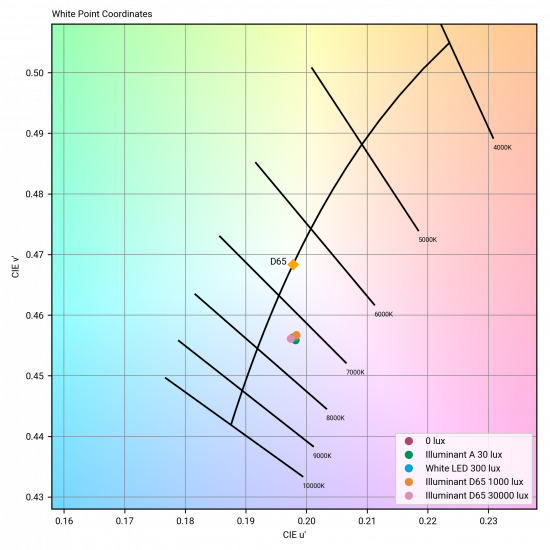
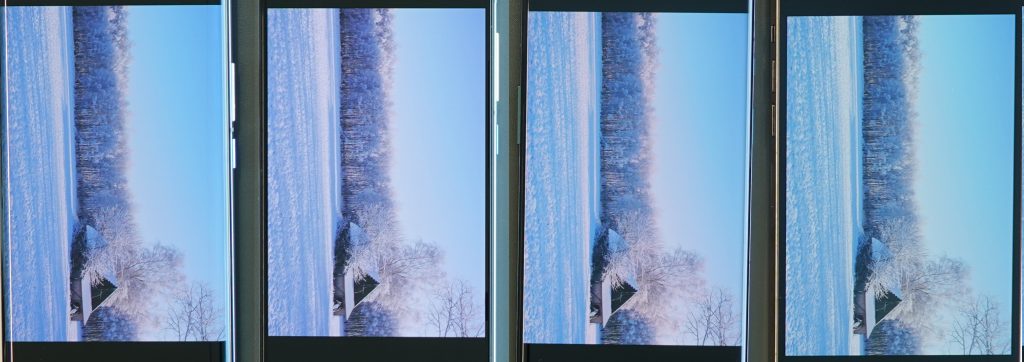
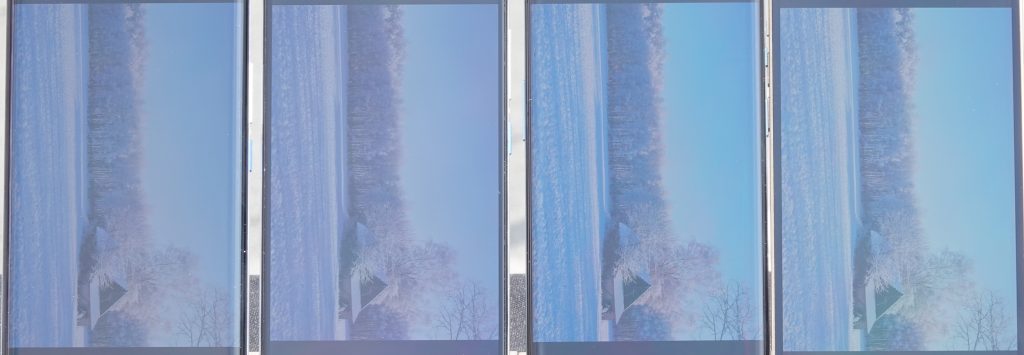
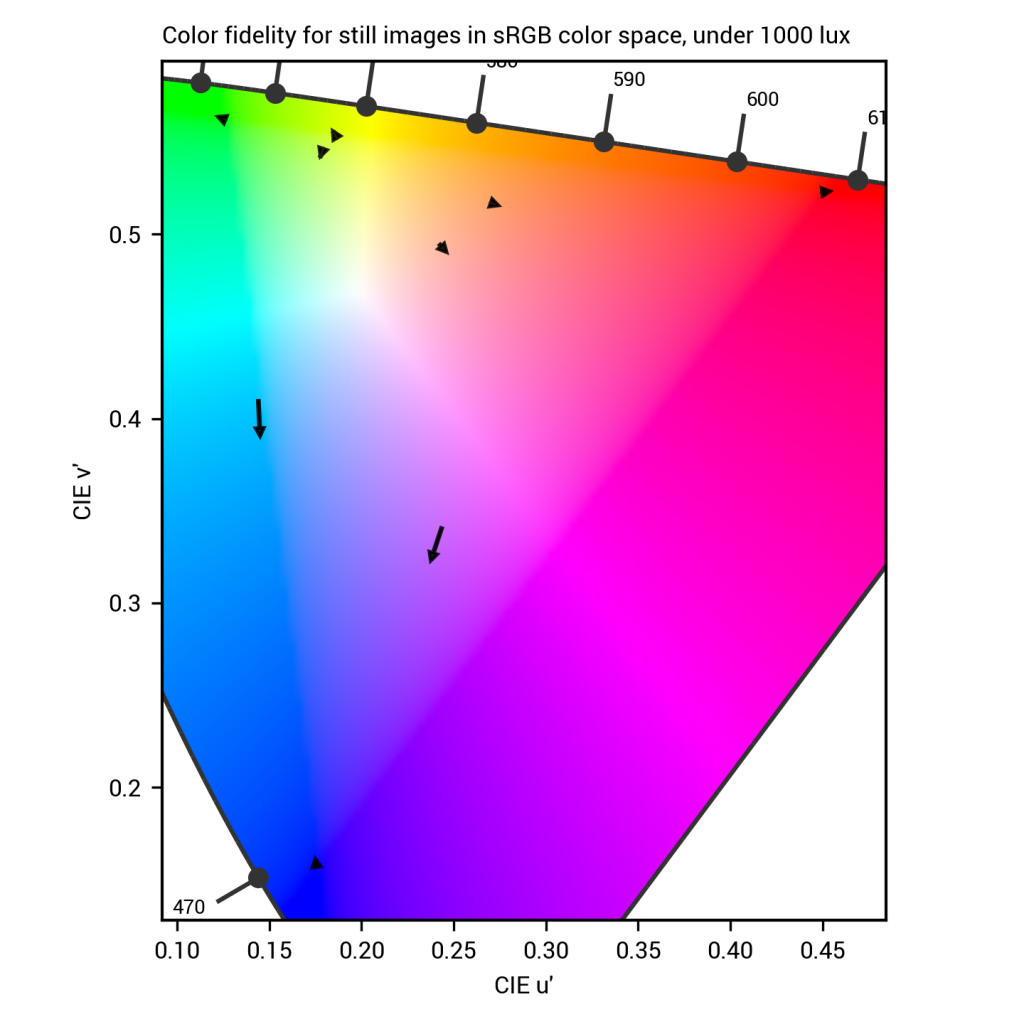
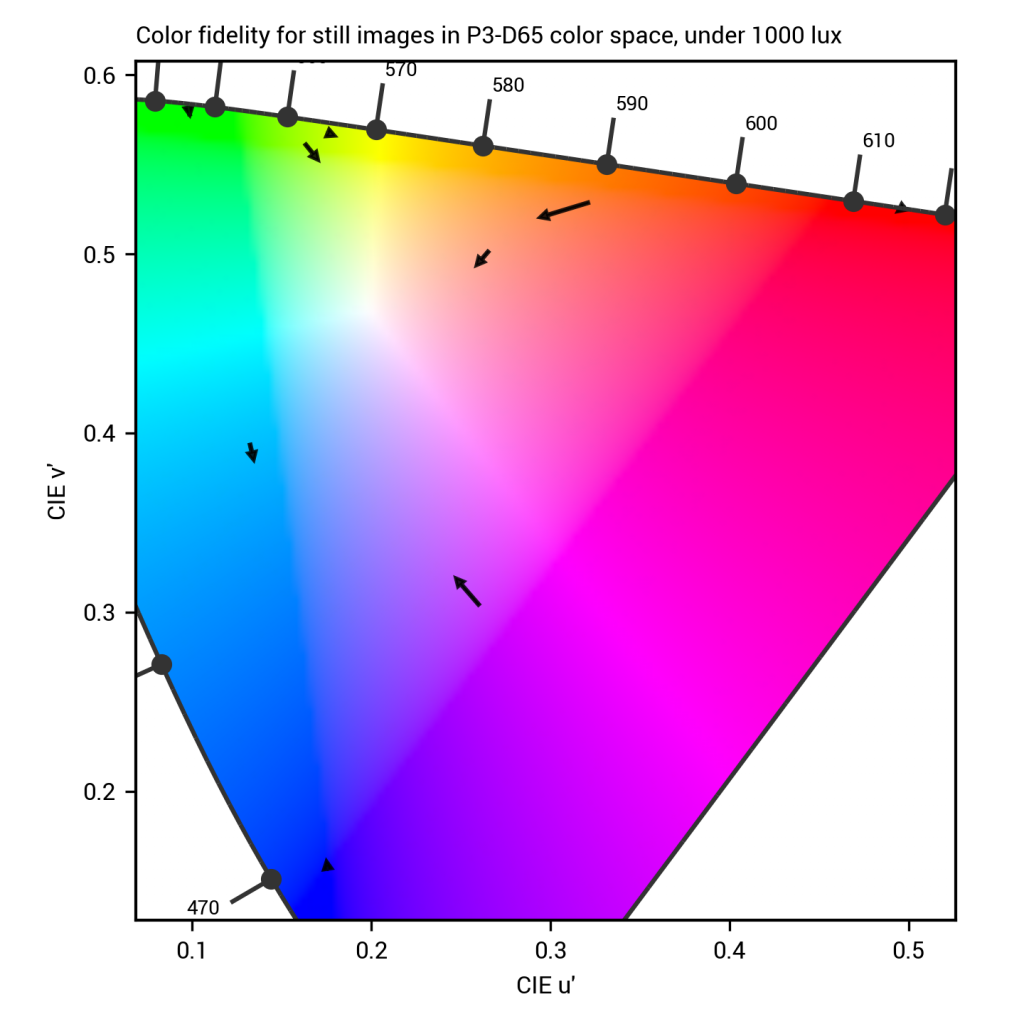
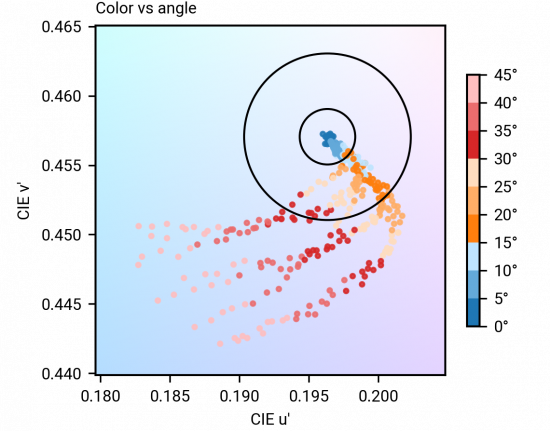
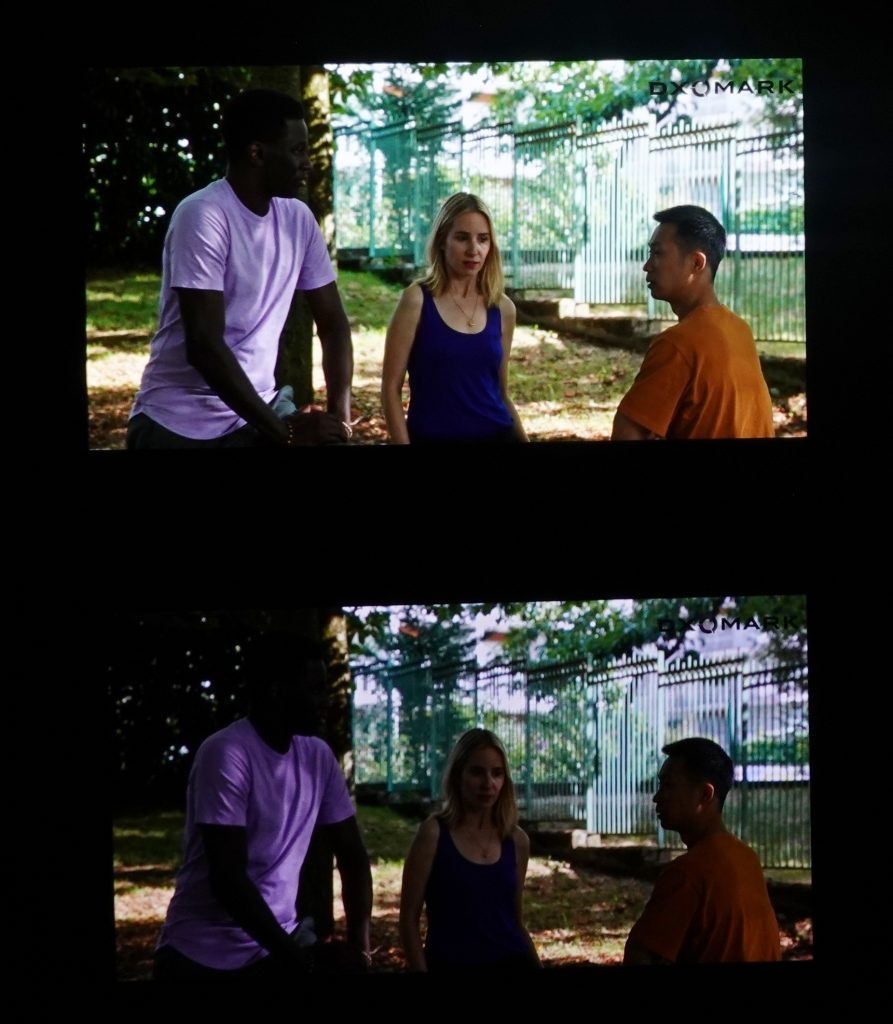
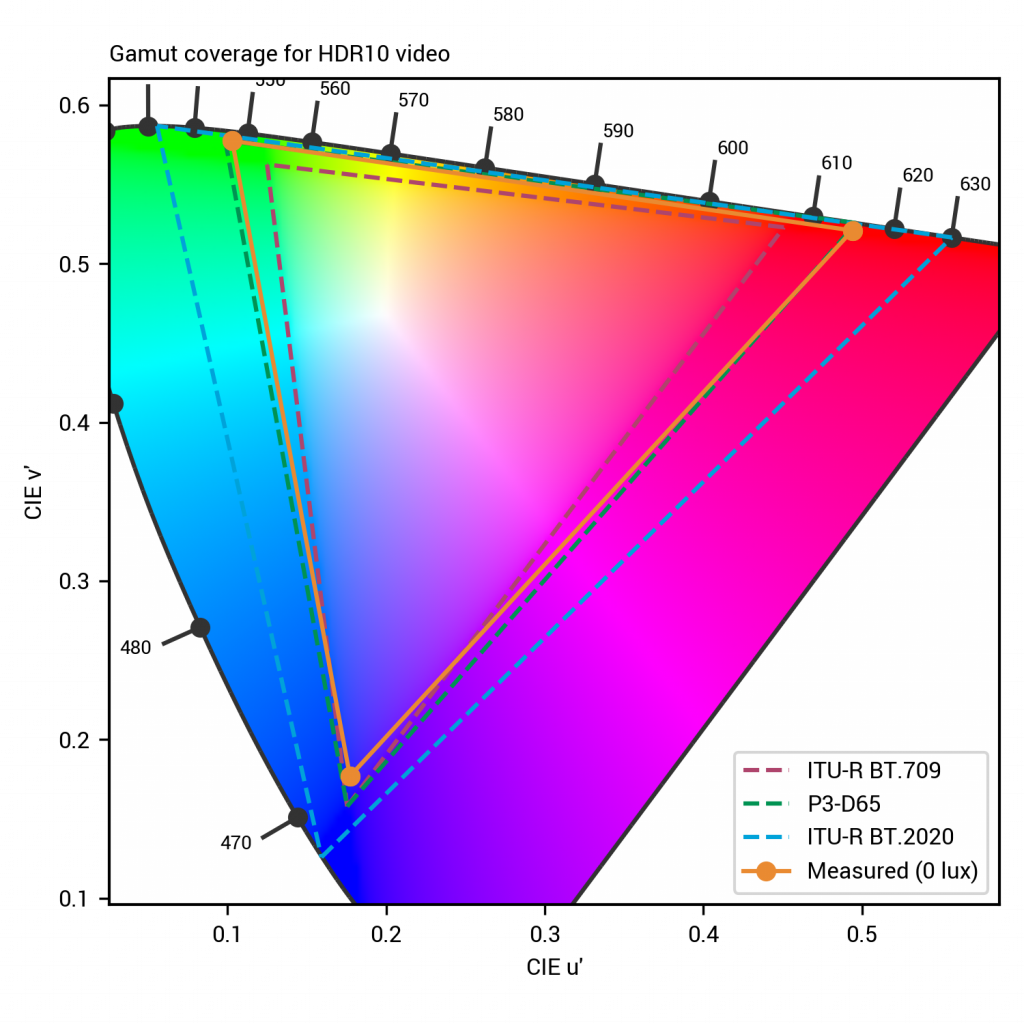
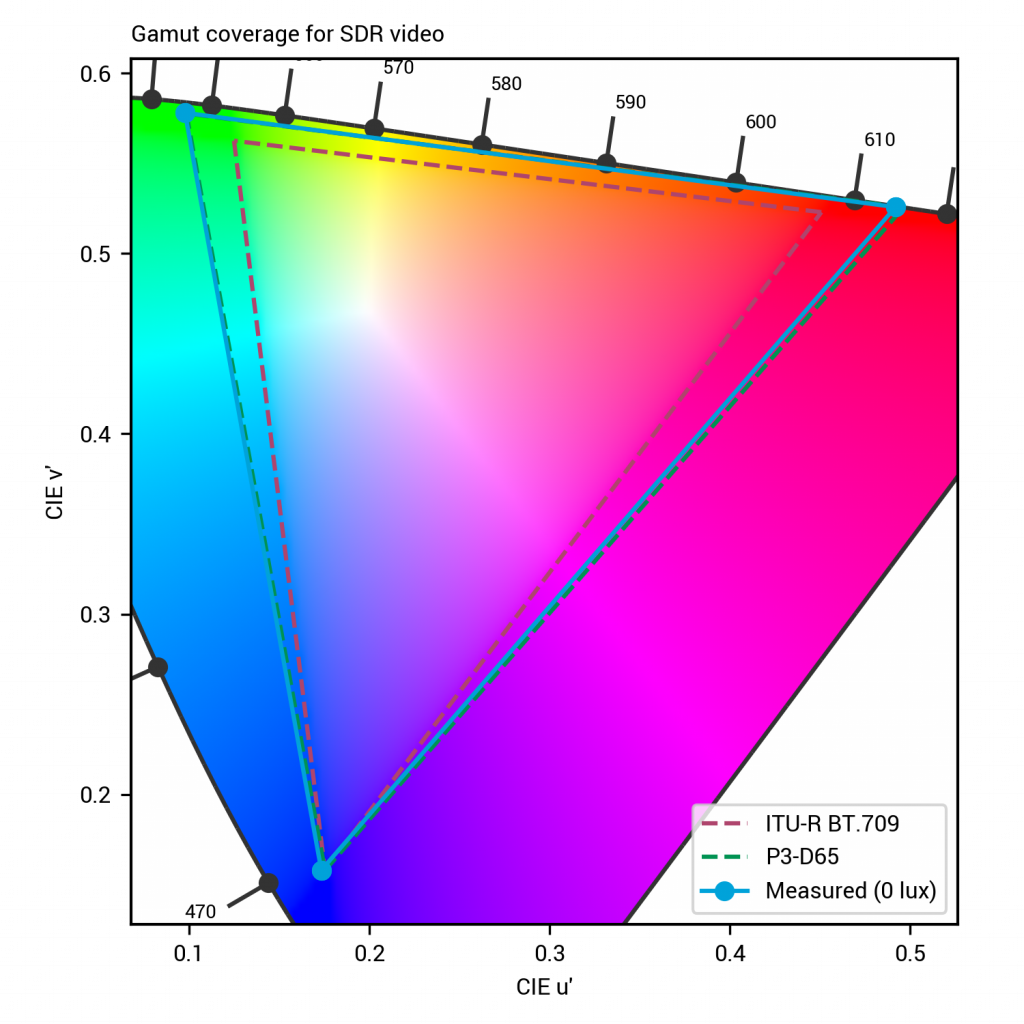
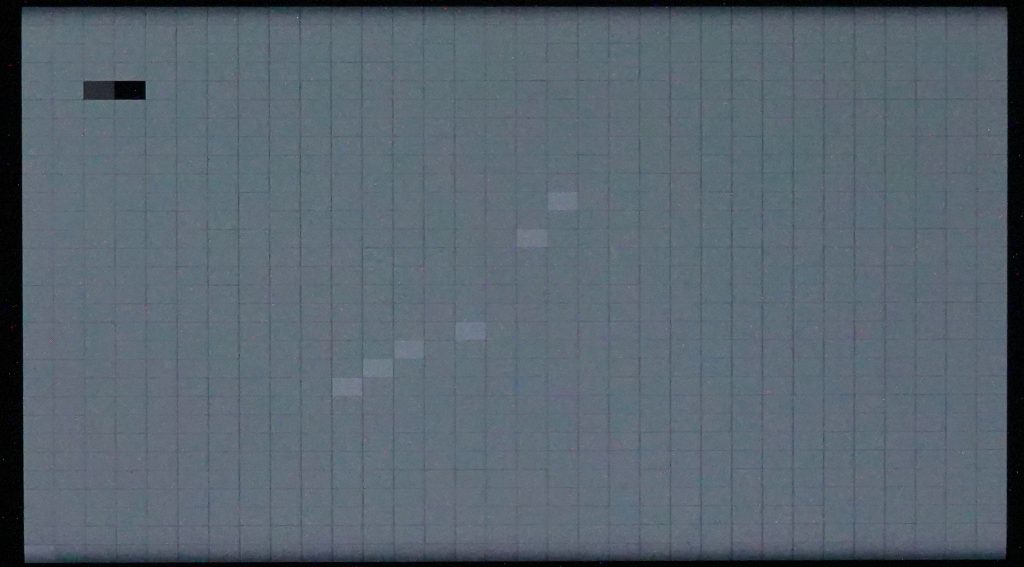
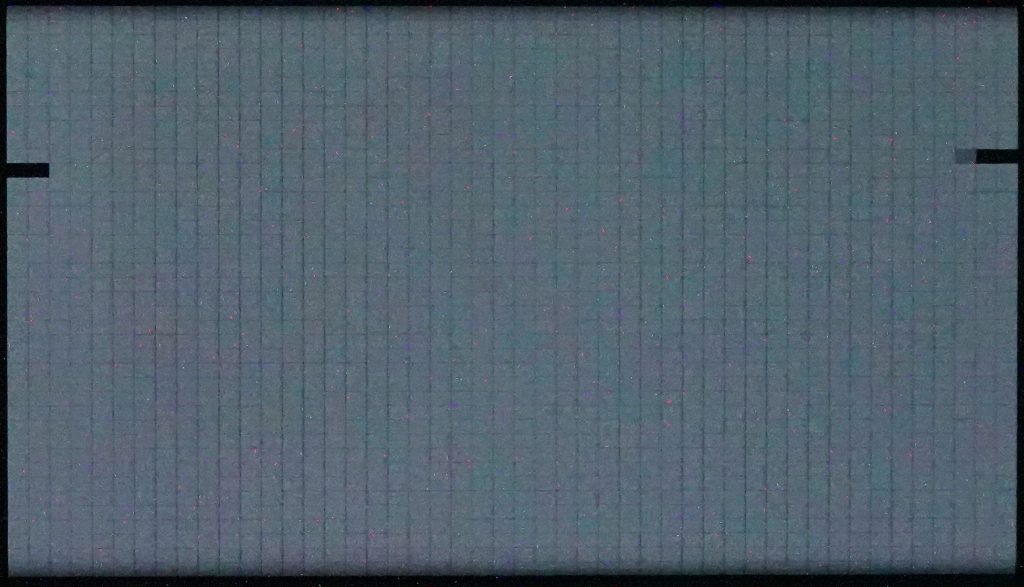


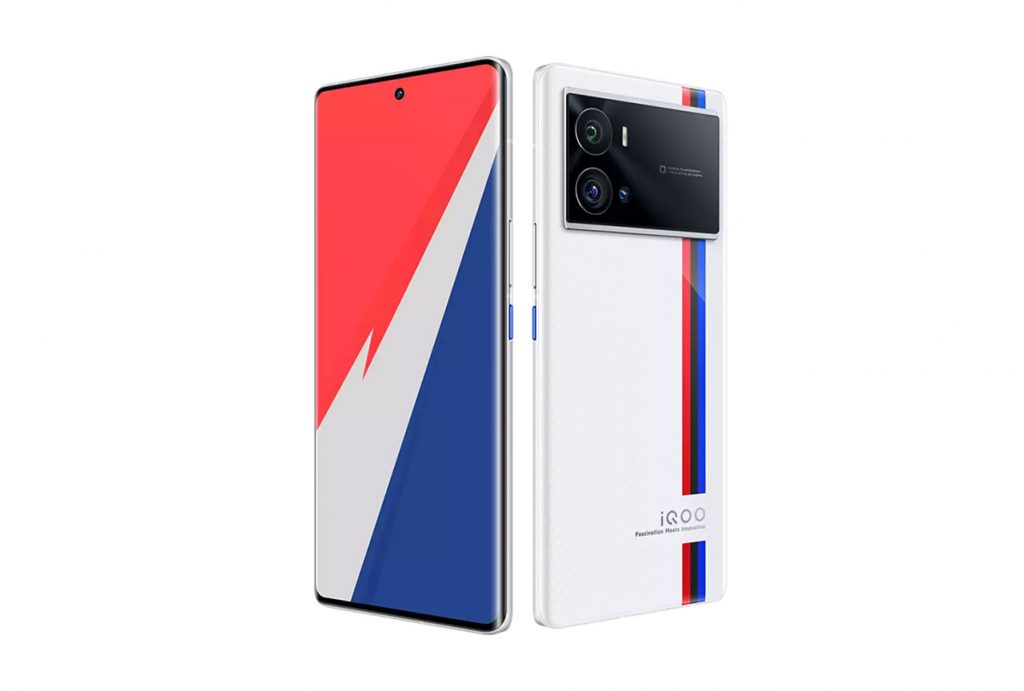

DXOMARK encourages its readers to share comments on the articles. To read or post comments, Disqus cookies are required. Change your Cookies Preferences and read more about our Comment Policy.